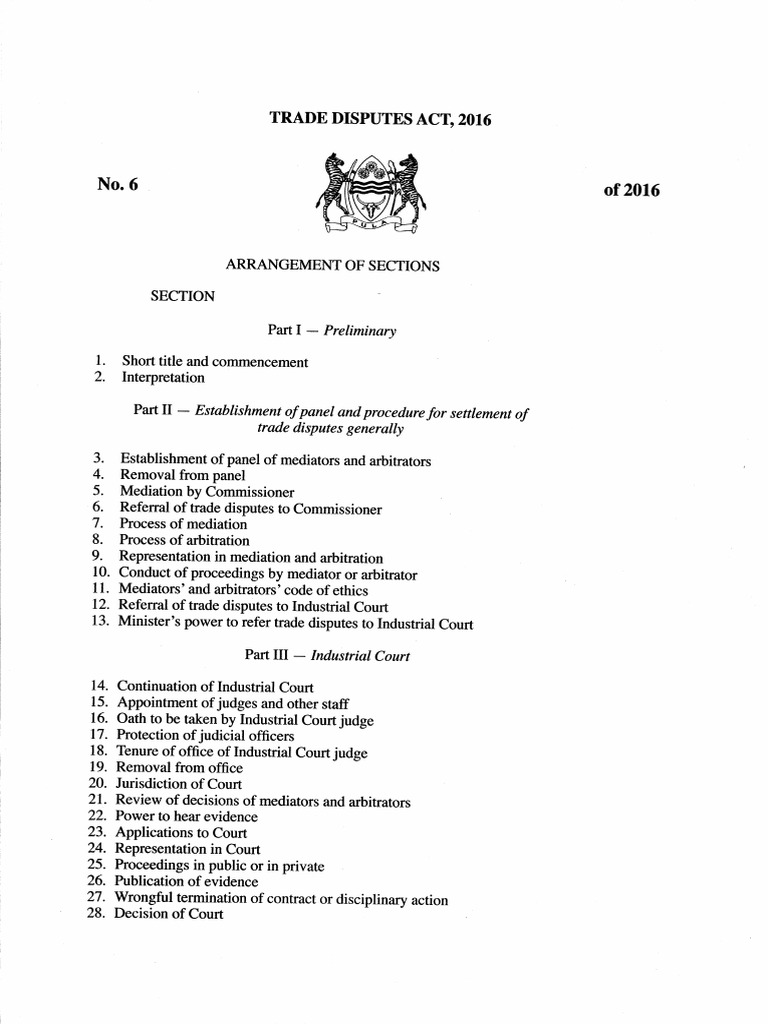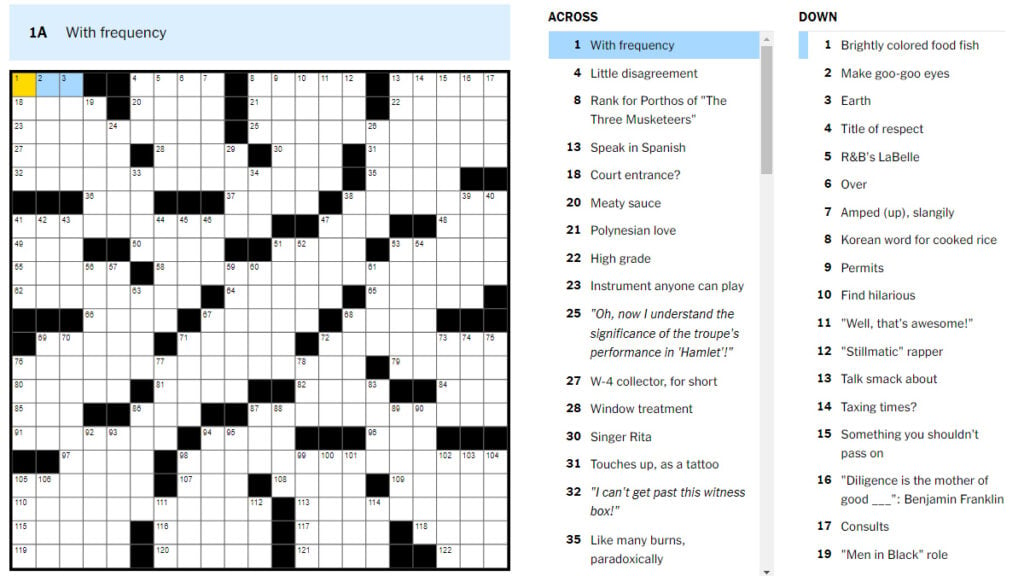Porsche's Strategic Crossroads: A Ferrari-Mercedes Balancing Act During Global Trade Disputes

Table of Contents
The Ferrari Challenge: Competing in the High-Performance Luxury Market
The high-performance luxury market is a fiercely contested arena, and Porsche's rivalry with Ferrari is arguably its most significant challenge. Both brands represent the pinnacle of automotive engineering and design, attracting discerning customers with a passion for speed, luxury, and exclusivity.
Porsche's Brand Positioning and Differentiation:
- Porsche: Emphasizes precision engineering, all-around performance (track and road), and a slightly more accessible luxury image compared to Ferrari. It offers a broader model range catering to different needs and budgets.
- Ferrari: Projects an image of ultimate exclusivity, raw power, and uncompromising track performance, often prioritizing aesthetics over practicality. Its production volume remains significantly lower than Porsche's.
- Key Differences: Porsche successfully targets a wider customer base with a diversified lineup (911, Taycan, Cayenne), while Ferrari maintains a focus on its iconic sports cars, creating an aura of unattainable desirability. Marketing strategies reflect this; Porsche leans towards showcasing versatility and everyday usability, while Ferrari highlights the emotional connection and extreme performance.
Porsche's product strategy focuses on technological innovation to compete head-on with Ferrari's flagship models. The 911 Turbo S, for example, directly challenges the Ferrari 488 Pista in terms of performance, while the Taycan offers a compelling alternative for those seeking electric high-performance. Both brands leverage powerful marketing campaigns, but their approaches vary significantly.
Technological Innovation and Performance:
The technological arms race between Porsche and Ferrari is relentless. Both invest heavily in hybrid technology, lightweight materials, and advanced engine designs. Ferrari might hold a slight edge in purely track-focused performance with its naturally aspirated V12 engines, but Porsche’s consistent advancements in all-wheel drive, hybrid systems (like the hybrid 918 Spyder), and electric vehicle technology (Taycan) keep it highly competitive. The future will likely see an increasing focus on electrification and autonomous driving technologies, forcing both brands to adapt and innovate quickly.
The Mercedes-Benz Balancing Act: Collaboration and Competition
Porsche's relationship with Mercedes-Benz, its fellow luxury carmaker within the Volkswagen Group, presents a unique strategic challenge. It's a dance between cooperation and competition, requiring careful management.
The Volkswagen Group Synergy:
Being part of the Volkswagen Group offers significant advantages for Porsche, including access to shared resources, economies of scale, and technological expertise. However, resource sharing can also lead to internal conflicts. There are potential challenges in balancing brand autonomy with the group's overall strategic decisions. VW's influence might sometimes stifle Porsche's independent brand development and lead to compromises in product strategy.
Market Segmentation and Brand Identity:
Despite some customer segment overlap, Porsche and Mercedes-Benz have successfully maintained distinct brand identities. Mercedes-Benz often projects a more formal, traditional luxury image, while Porsche retains its sporty, performance-oriented character. Price positioning also plays a crucial role in segment differentiation. Mercedes's range extends more deeply into the lower-luxury segment, creating a wider reach but potentially leading to some market cannibalization with Porsche models. Careful product planning and marketing are essential to minimize such risks.
Navigating Global Trade Disputes: Impact on Supply Chains and Market Access
Global trade disputes significantly impact Porsche's business. Tariffs, trade wars, and political instability create uncertainty and threaten supply chains and market access.
Tariffs and Trade Wars:
Tariffs imposed on imported cars and parts directly affect Porsche's manufacturing and distribution. The company employs strategies like diversifying sourcing locations and optimizing logistics to mitigate the effects of tariffs and trade barriers. Porsche is evaluating alternative production and sourcing strategies, potentially including shifting some production or sourcing to regions with favorable trade agreements.
Geopolitical Risks and Market Volatility:
Political instability and economic uncertainty in key markets severely impact Porsche's sales and profitability. The company employs sophisticated risk management strategies, including hedging against currency fluctuations and diversification of its global sales portfolio, to reduce vulnerability to market volatility.
Porsche's Strategic Crossroads: Charting a Course for Future Success
Porsche faces a challenging but exciting future. The company's success depends on its ability to balance competition with Ferrari and Mercedes-Benz while effectively navigating the complexities of global trade. Key takeaways include the importance of technological innovation, careful brand management, and robust risk mitigation strategies. Porsche's future trajectory will largely depend on its adaptability to a rapidly evolving automotive landscape, particularly in the areas of electric mobility and autonomous driving.
Learn more about Porsche's strategic decisions and the challenges facing the luxury automotive industry by exploring our other articles on Porsche's strategic crossroads. Stay informed about Porsche's future by subscribing to our newsletter today!

Featured Posts
-
 Clisson Hell City La Brasserie Ideale Avant Ou Apres Le Hellfest
May 21, 2025
Clisson Hell City La Brasserie Ideale Avant Ou Apres Le Hellfest
May 21, 2025 -
 Voedselexport Naar Vs Keldert Abn Amro Analyseert Impact Heffingen
May 21, 2025
Voedselexport Naar Vs Keldert Abn Amro Analyseert Impact Heffingen
May 21, 2025 -
 Baggelis Giakoymakis Mia Meleti Gia Tin Apoleia Tis Anthropinis Aksioprepeias
May 21, 2025
Baggelis Giakoymakis Mia Meleti Gia Tin Apoleia Tis Anthropinis Aksioprepeias
May 21, 2025 -
 Lucy Connollys Appeal Against Racial Hatred Conviction Dismissed
May 21, 2025
Lucy Connollys Appeal Against Racial Hatred Conviction Dismissed
May 21, 2025 -
 Nyt Crossword April 25 2025 Answers And Clues
May 21, 2025
Nyt Crossword April 25 2025 Answers And Clues
May 21, 2025
